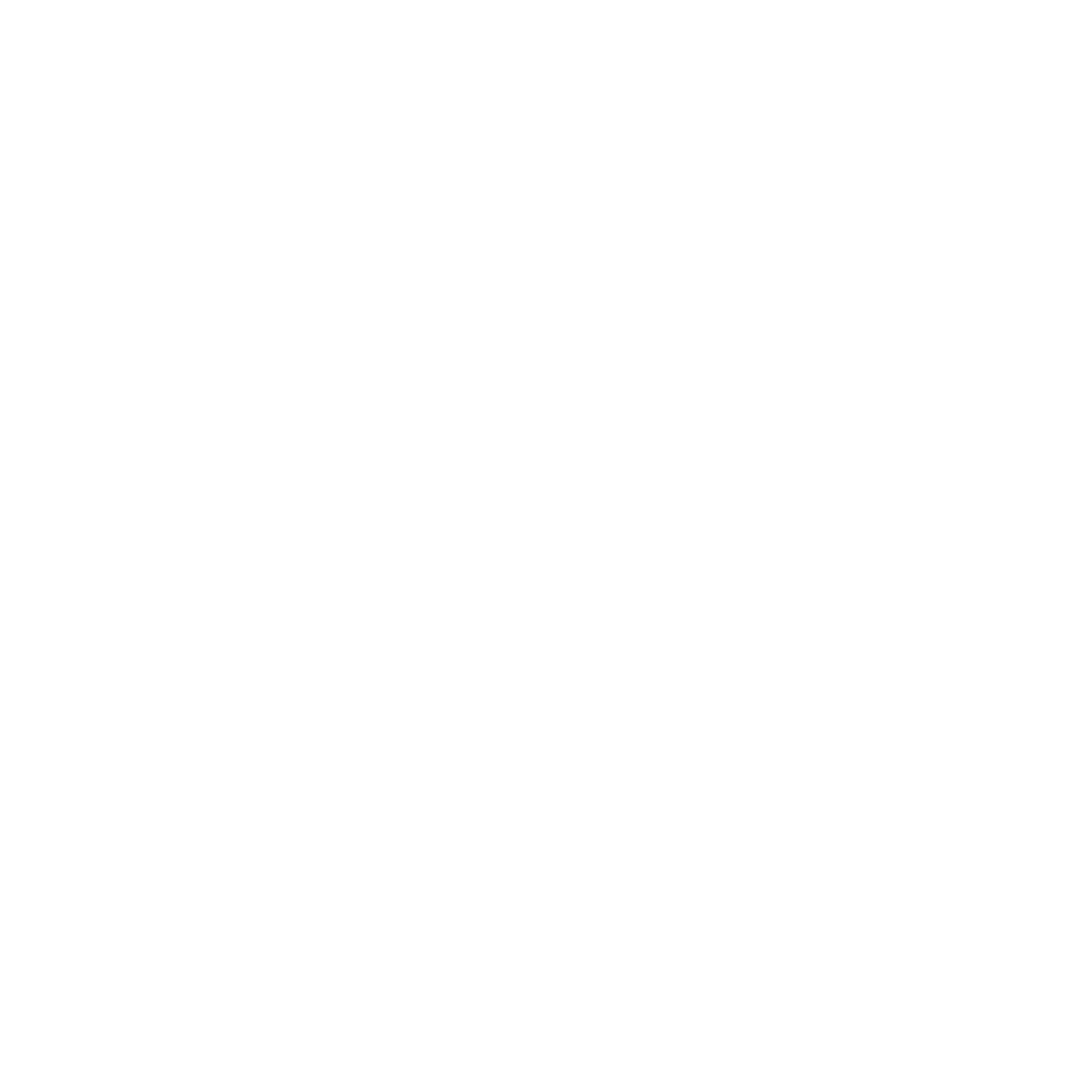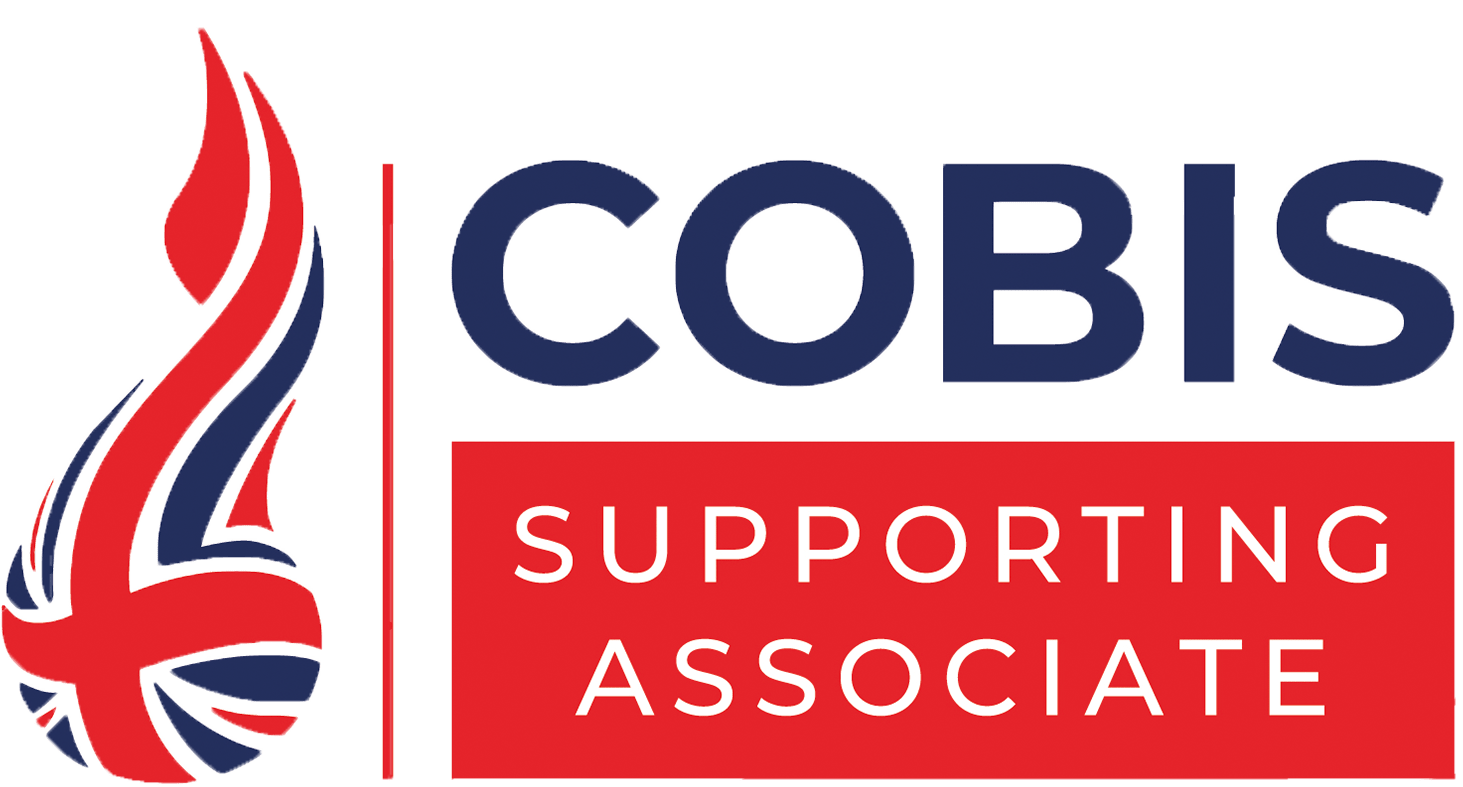A target memory is what students are required to recall from long-term memory and is also referred to in cognitive psychology as the ‘target trace.’ Target memories can include facts, vocabulary, ideas, concepts, or content to be retrieved after the initial stages of learning have taken place.
Cognitive psychologists Baddeley, Eysenck and Anderson write, “When we search for a target in memory, we usually have some idea of what we are looking for” (2009). The reason we have an idea what we are looking for is because we are searching for the answer to a specific question or trying to recall a certain memory. Baddeley et al. define retrieval as the “process of recovering a target memory based on one or more cues, subsequently bringing that target into awareness” (emphasis added).
Prior to retrieval of target memories, new information must be encoded and stored. The first thing we do upon receiving information from our surrounding environment is to try to select the relevant information to focus on for processing. We can only attend to stimuli that we sense (see, hear, etc.) from our environment. There will be some things we choose to focus our attention on, but other factors take our attention away from what we originally intended. A challenge in the classroom is to ensure students are focusing on what they should be concentrating their attention on—whilst also preventing their attention being distracted by others or other influences. Teachers need to keep the focus on the intended target memories.
During the initial stages of learning, where the student is exposed to new content and material, the teacher can signpost and highlight core content (key terms, dates, individuals, etc.) that students must pay attention to as they will be expected to know (and later recall) that precise information. It is a mistake to assume that just because content has been presented to students means they have paid attention to or understood it. This might not be true!
A presentation slide or textbook page containing a lot of information may not make it clear or easy for students to distinguish what the need-to-know elements are—especially in contrast to the non-essential or less relevant. The teacher can highlight key points, ask students to make a note of specific information or hone in on those elements during classroom instruction, discussion, and questioning. Students of all ages can benefit from the teacher signalling what the important content is. All these approaches will help to ensure the target memories are encoded successfully.
Teachers also need to support students recognising and finding target memories. Teachers can do so by carefully considering the retrieval questions asked, intentionally designing the task, and pointedly focusing on essential target memories during the retrieval stage. Teachers need to be explicit with students about what the target memories are—this is important across all ages and subjects! Teachers can make the distinction clear to students between information they need to know (something they will need to retrieve later) and what is nice to know (non-essential information like stories & fun facts).
During independent note-taking, older students can struggle to distinguish between information that is essential or not; they cannot always identify target memories. In a lesson or lecture, a student may try to write or type down everything the teacher or lecturer is saying, but not all that information may need to be recorded. The instructor can help students by clearly identifying points and content that must be noted and will later be required to be retrieved as a target memory. Text on slides can also be highlighted as bold or underlined to further help students understand what the target memories are.
At the end of a lesson, perhaps during a review or consolidation of learning, instead of asking students to write down three key things from the lesson, it would be better to direct students to specific questions to check for understanding. If teachers ask students to simply write down three or more pieces of information from the lesson, the content could vary significantly across the individuals in the class. Conversely if all students are answering the same questions, then there is consistency and support for the consolidation of specific target memories. The concluding “check-for-understanding” can also be asked again in the future as a retrieval task to elicit evidence of long-term learning. This exemplifies the contrast between performance versus learning (Bjork & Bjork, 1992).
A popular retrieval task is a ‘brain dump,’ in which students are asked to write down everything they can about a subject or topic from memory. For example, a free-recall question could be, ‘Write down from memory what you can recall about the causes of World War I.’ This task does not provide any specific cues or prompts; it requires effortful recall, but the students may not necessarily recall the intended specific content and information . If the aim is to retrieve precise target memories, the question could be adapted to be more specific. The example above could be altered to help students focus their answer, for example, ‘Write down from memory what you can recall about how the alliances contributed to the outbreak of World War I.’
To summarise:
- When designing a curriculum and planning lessons, teachers need to be aware of the content that will form the target memories for learners.
- During a lesson, the key points should be highlighted and signalled so students understand what the core content is. This can be done during explanations, through slide and resource design, with targeted and specific questioning, and during the consolidation phase of the lesson to check for understanding.
- Retrieval tasks should be designed to initially quiz learners on specific target memories; after retrieval success, students can then progress onto free recall without cues and prompts.
To find out more about memory and learning you can complete the Science of Learning Programme as part of the Great Teaching Toolkit or download our free eBook Understanding Memory and Learning from the Evidence Based Education resource library.
References:
Baddeley, A., Eysenck, M. W., & Anderson, M. C. (2015). Memory. Psychology Press.
Bjork, E. L., & Bjork, R. A. (2011). Making things hard on yourself, but in a good way: Creating desirable difficulties to enhance learning. In M. A. Gernsbacher, R. W. Pew, L. M. Hough, & J. R. Pomerantz (Eds.), Psychology and the real world: Essays illustrating fundamental contributions to society (pp. 56–64). Worth Publishers.
Jaeger, A., Eisenkraemer, R. E., & Stein, L. M. (2015). Test-enhanced learning in third-grade children. Educational Psychology, 35(4), 513–521. https://doi.org/10.1080/01443410.2014.963030
Karpicke, J. D., Blunt, J. R., & Smith, M. A. (2016). Retrieval-based learning: Positive effects of retrieval practice in elementary school children. Frontiers in Psychology, 7. https://doi.org/10.3389/fpsyg.2016.00350






Great
Thanks
Good to be reminded of these key teaching tools